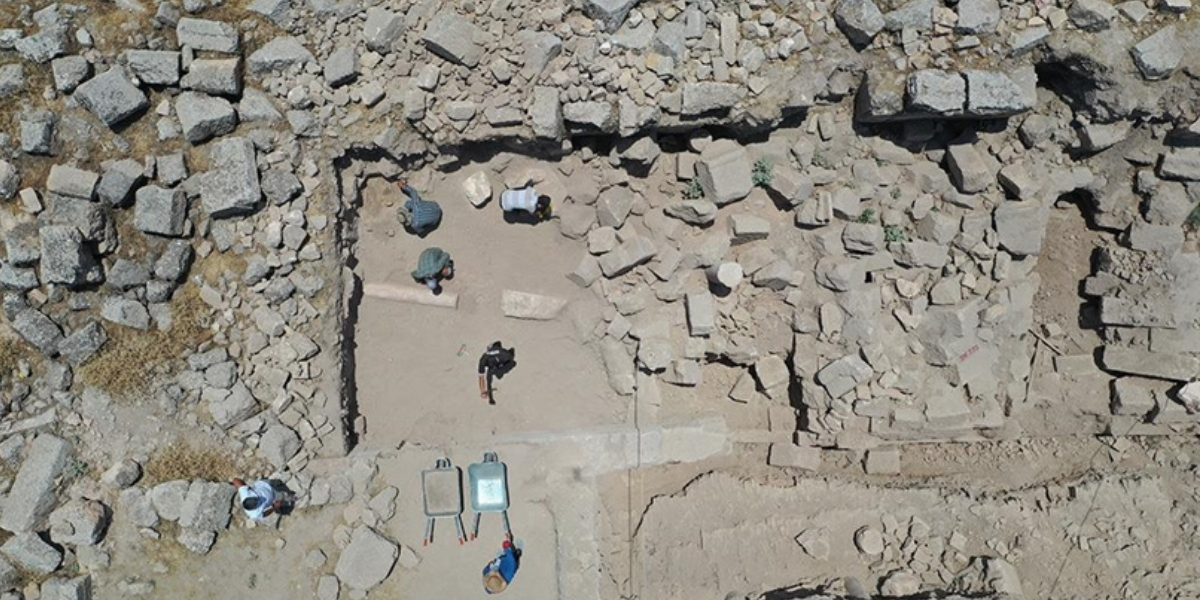
1500-year-old church is being unearthed in Harran Ruins
The excavations in Harran Ruins, one of the oldest settlements in the world, are uncovering 1500-year-old church ruins.
Harran is a remarkable ruin with the Moon Temple dedicated to the Moon God Sin in the 4th century BC. Only the foundations and some wall remains of the Moon Temple have survived to the present day.
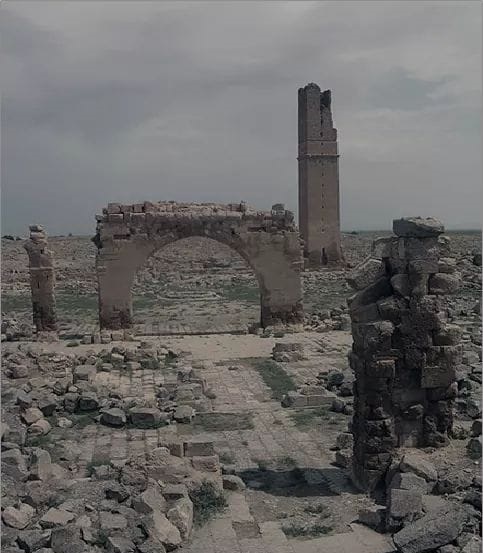
The archaeological excavations at the Harran Ruins, which is on the UNESCO World Heritage Tentative List, are headed by Prof. Dr. Mehmet Önal from Harran University Archaeology Department.
Stating that the church is located 200 meters north of the Harran Grand Mosque, Mehmet Önal gave the following information to AA correspondent.
📣 Our WhatsApp channel is now LIVE! Stay up-to-date with the latest news and updates, just click here to follow us on WhatsApp and never miss a thing!!
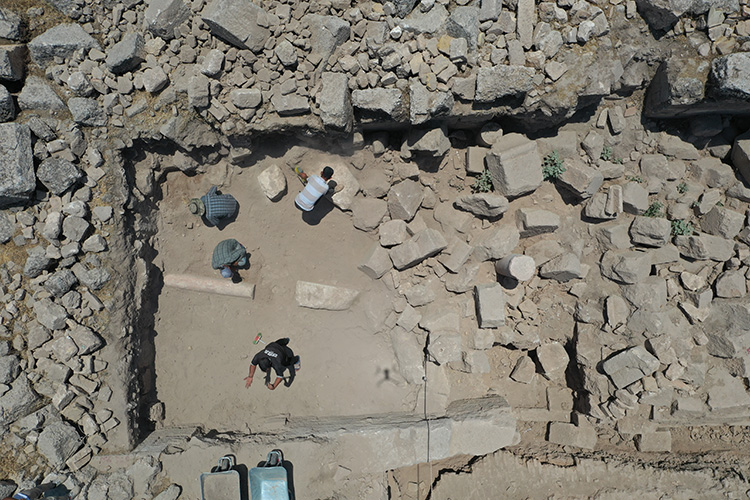
“We excavated a part of the church, it is a very large church. We are in its northern nave (main corridor) and most of the nave has been revealed. This is a basilica-planned church and it has ornamentation. The capitals of the columns have acanthus, which are embossed column capitals with kenger leaves. During our excavations, we came across both a large part of the northern nave and a portico to the north, and the columns of the portico were revealed. The column capitals have fallen. In other words, the structures under the soil in Harran are waiting to be excavated with their columns. As we dig in this way, the entire church will be revealed with its apse (the place where prayers are said in the church) and other naves.”
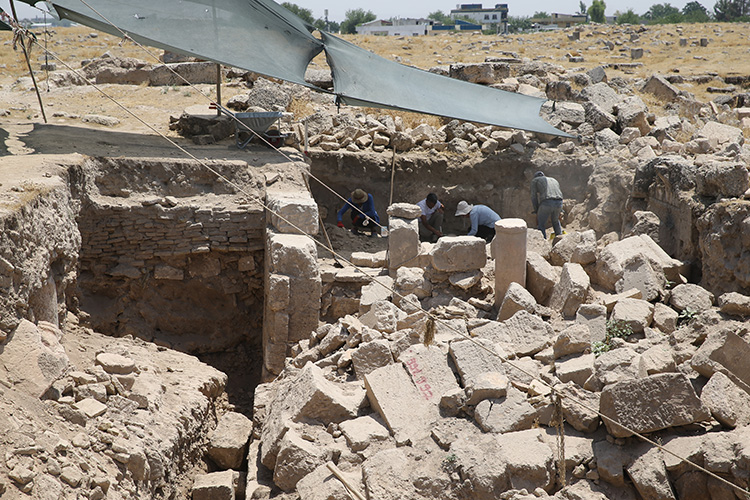
“It is the largest cathedral-level church in the southeast, more than 70 meters long and made of cut block stones. During the excavations, we also found mosaic tesserae (colored mosaic stones) made of glass, which were mostly used on the walls and arches. We dated this church to the Eastern Roman period, i.e. the 5th century. Therefore, the floors of the churches in the region built at this time are mosaic. We expect mosaics on the floor of this church as well.”
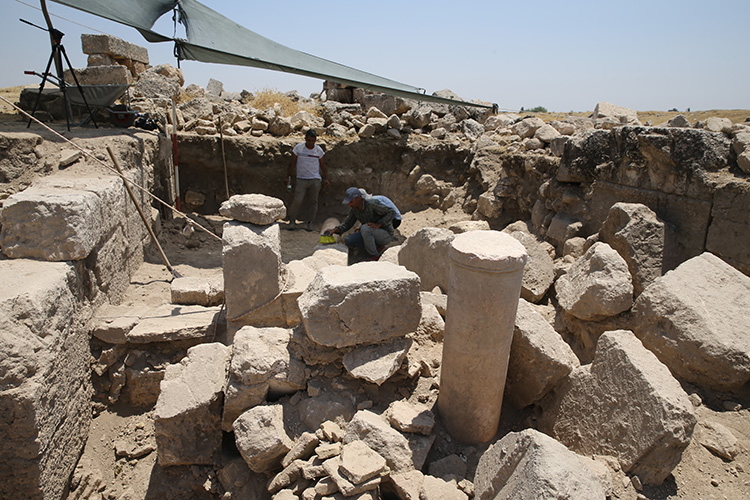
The church has suffered from earthquakes and the Mongol invasion.
Cover Photo: AA
You may also like
- A 1700-year-old statue of Pan unearthed during the excavations at Polyeuktos in İstanbul
- The granary was found in the ancient city of Sebaste, founded by the first Roman emperor Augustus
- Donalar Kale Kapı Rock Tomb or Donalar Rock Tomb
- Theater emerges as works continue in ancient city of Perinthos
- Urartian King Argishti’s bronze shield revealed the name of an unknown country
- The religious center of Lycia, the ancient city of Letoon
- Who were the Luwians?
- A new study brings a fresh perspective on the Anatolian origin of the Indo-European languages
- Perhaps the oldest thermal treatment center in the world, which has been in continuous use for 2000 years -Basilica Therma Roman Bath or King’s Daughter-
- The largest synagogue of the ancient world, located in the ancient city of Sardis, is being restored











Leave a Reply